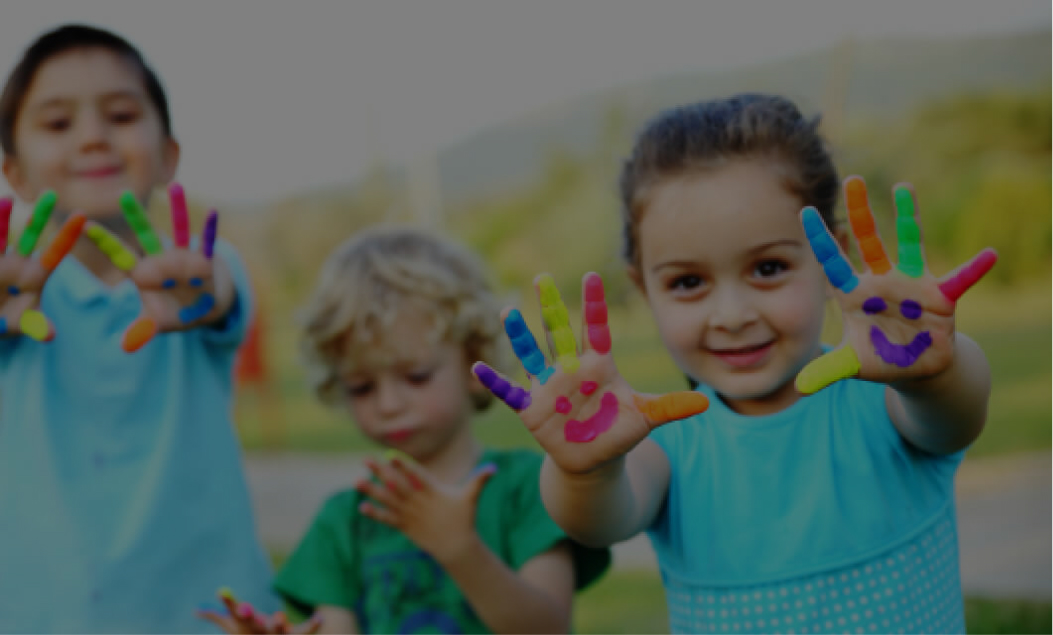Ethnic and gender identity at 12 years old
At a population and policy level, how ethnicity and gender are understood and measured has important implications for assessing outcomes and addressing inequities.
The Government’s Child and Youth Wellbeing Strategy 2019 guides the national focus on young people, setting out goals of reducing child poverty, preventing family harm, targeting racism and discrimination and achieving equitable outcomes in the education, social and health sectors (Boston, 2014; Department of the Prime Minister and Cabinet, 2019).
Our research recognises that identity is nuanced and fluid, and that multiple aspects of identity intersect and develop over the life course in relation to a range of structural and social factors.
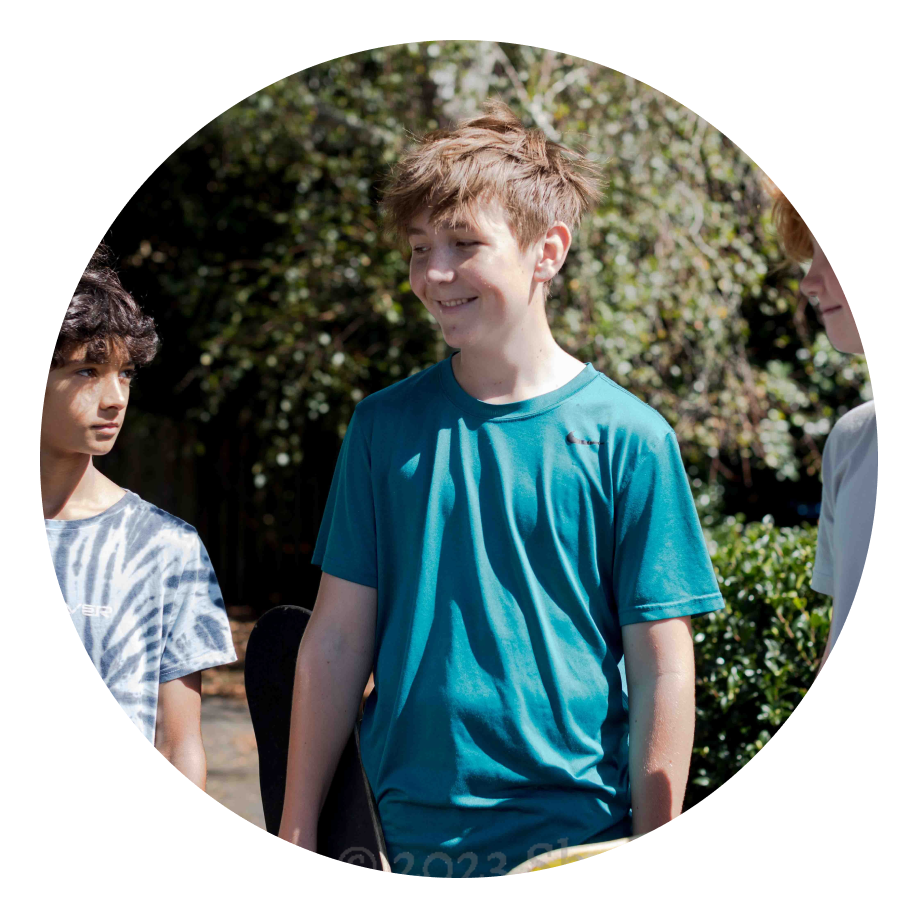
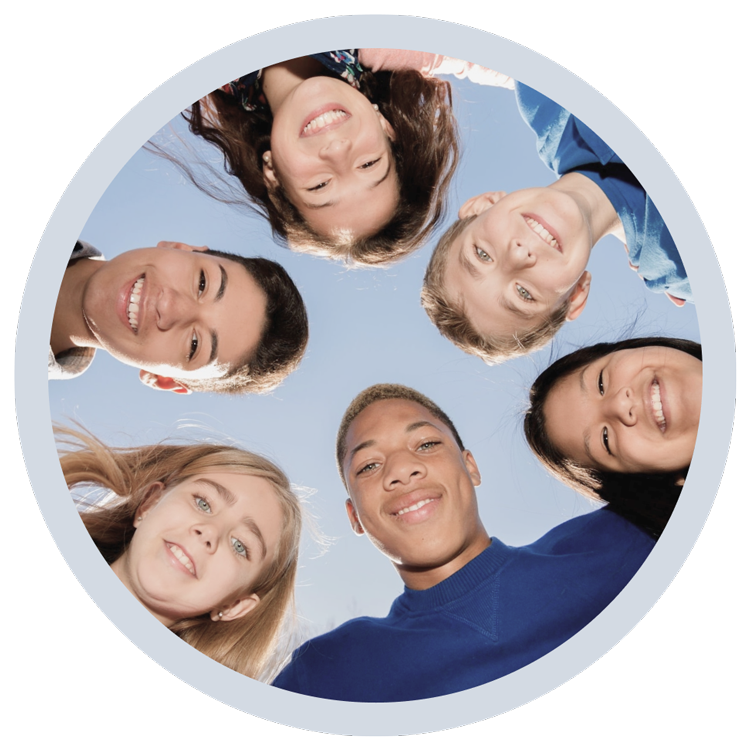
One third of young people at age 12 identified with more than one ethnicity.
Young people reported that they feel “good”, “happy” and “proud” about their ethnic identity. Results were similar for Māori, Pacific, Asian, MELAA and 'Other' ethnic groups and slightly weaker for the European group.
Overall, the distribution of gender diversity is similar across ethnic groups, emphasising that trans and non-binary young people are part of all ethnic communities.
The choice and type of ethnicity, sex and gender data used in statistical analysis requires careful consideration of equity, deficit-framing, inclusion, and possible methodological bias and limitations.
The ways that trans boys and girls, cisgender boys and girls, and young people with non-binary identities experience and express their gender show some differences. It is important to understand the gender diversity that exists, as well as how that diversity is obscured with analyses that only focus on sex differences.
Use of the enhanced ethnicity, sex and gender data that we have collected can enable additional analyses to improve understandings and equity for a wider range of young people.
Māori (n=979, 22.4%)
Pacific (n=728, 16.7%)
Asian (n=646, 14.8%)
MELAA (n=73, 1.7%)
Other (n=78, 1.8%)
Sole European (n=2268, 51.9%).
In this topic, we will for the first time highlight how the young people of the Growing Up in New Zealand study themselves describe their ethnic and gender identity and present young peoples’ sense of cultural connectedness and belonging to their ethnic group(s).
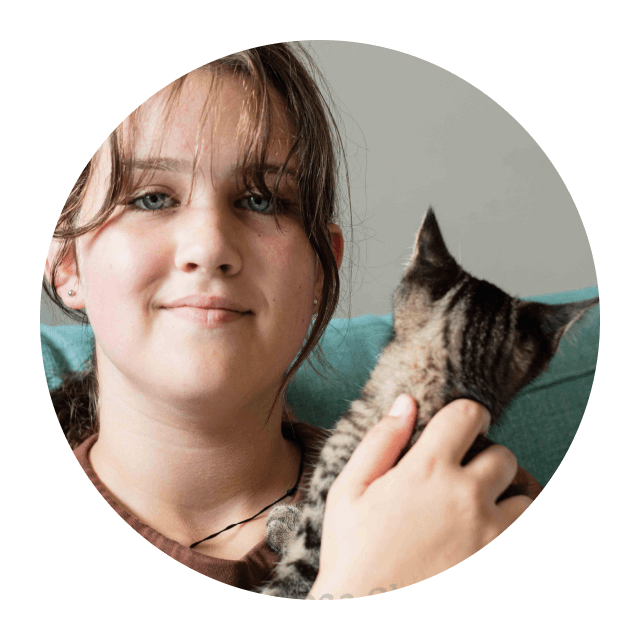
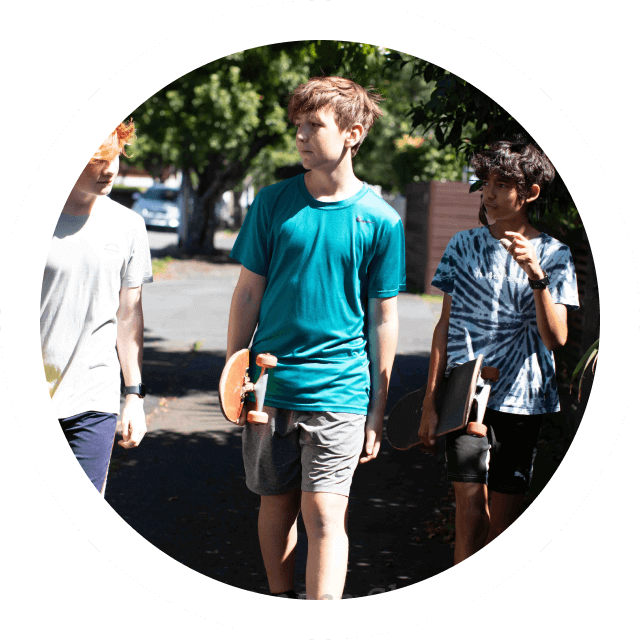
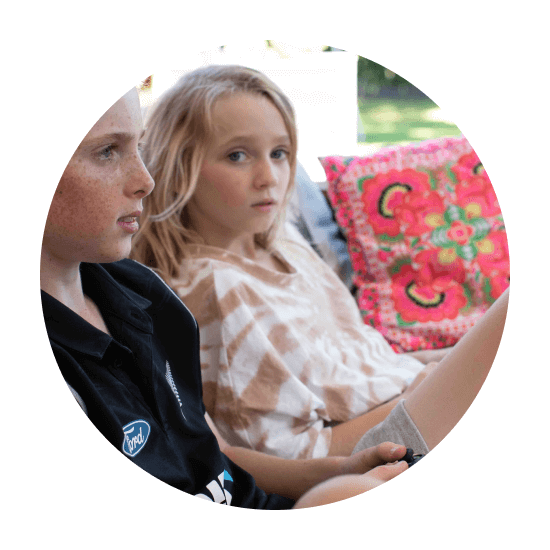

Ethnicity is a complex multi-faceted and fluid construct which can be understood in different ways and can vary over time. How ethnicity is framed and measured requires careful consideration (3,4). A nuanced understanding of the differences between ethnic identification (which ethnic group(s) one identifies with) and ethnic identity (how one thinks about their ethnic group(s)) is important to understand child development and equity of outcomes. This knowledge is needed for addressing persistent ethnic inequities across a host of health and social outcomes, and to ensure the government can meet equity targets for children and families in Aotearoa New Zealand.
In addition, the multi-dimensional nature of identity requires careful consideration. Overly broad analytical decisions about how responses to the Census ethnicity question are categorised—or decisions based on outdated understandings of identity—can obscure the needs of communities who have distinct histories, contexts and migration experiences. Accurate conceptualisation and measurement of ethnicity helps to ensure the kaitiakitanga (stewardship) required for policy. Accurate, culturally aware evidence is required to realise the commitments in Te Tiriti o Waitangi (3,5).

Gender and sex, though seemingly simple everyday-concepts, are, in reality, complex and distinct social constructs that influence social, health and many other outcomes in multiple ways (6,7). In this report, sex refers to a set of biological attributes that are associated with physiological features including chromosomes, gene expression, hormone function and reproductive/sexual anatomy (7). Gender refers to the identities, norms, and expressions of behaviours and roles that are associated with people who identify as girls/women, boys/men, non-binary or who have a different gender identity.Gender includes how a person identifies their gender, as well as how they express their gender. A person’s gender expression may or may not match their gender identity, and a person’s gender identity may differ from the gender designated to them by their sex assigned at birth.Trans is an umbrella term for people whose gender identity differs from the one they were designated at birth; however, some non-binary people may not identify as trans themselves. Non-binary refers to people who do not identify with binary gender identities. Some non-binary people may have a gender fluid, bigender, agender, or otherwise expansive identity outside of the (trans)man/woman binary. Cisgender refers to people who identify with the gender they were designated at birth.

Ethnicity and Gender as constructs have traditionally been heavily influenced by a Western, Eurocentric worldview as binary concepts (e.g. us/them, male/female) (8). In our analysis, in line with international research, we recognise a more inclusive approach to identity, understanding that many people and cultures view ethnicity and gender as more multi-dimensional, fluid, changeable, and with a spectrum of experiences. In particular, Mātauranga Māori highlights and honours the existence of fluid and broader spectrums and identities related to gender (8). These realities have their parallels in the Pacific, Africa, America and Asia (9).

In subsequent reporting of this topic, total response grouping has been chosen as the classification method for multiple ethnicity data. This means the young people are counted in each of the ethnic groups they report, and total counts in these groups can exceed the total number of participants (e.g. a young person who identifies as both Māori and Pacific is classified in both the Māori and Pacific ethnic groups). This is done for all groups except for European, as most children identified with this group which would create significant overlap between groups and reduce our ability to make comparisons. For this reason, in our reporting we use ‘Sole European’ as a comparison group, which includes children who only identified with one or more European ethnicity. Ethnicity responses were aggregated into broad ethnic groupings (10) referred to in the following subsections as:
Māori (n = 979, 22.4%)
Pacific (n = 728, 16.7%)
Asian (n = 646, 14.8%)
MELAA (n = 73, 1.7%)
Other (n = 78, 1.8%)
Sole European (n = 2268, 51.9%).

There are many approaches to measuring ethnic identity. One common measure is the Multigroup Ethnic Identity Measure (MEIM), which was developed to assess ethnic identity based on factors that are relevant across different ethnic groups (e.g. sense of belonging and exploration of identity), which provides rich information about ethnicity as a general phenomenon (11). In the 12Y Kōrero, young people were asked how much they agree or disagree with 12 MEIM statements regarding their ethnic and cultural identity ranging from: 1=strongly disagree; 2=disagree; 3=neither agree nor disagree; 4=agree; 5=strongly agree.

The response options to the unipolar gender question produce a range of analytic categories for gender and sex analyses. The selection of an appropriate analytic category depends on the topic and the objectives of the analysis. Each categorisation emphasises distinct elements and produces different sample sizes, and therefore different results, for the analytic categories. The categories in this report include: (1) Sex; (2) Gender; and (3) Trans-Non-binary/Cisgender.
Sex is determined by the sex assigned to the participants at birth: male; female. Sex is an appropriate categorisation where biological factors and processes related to sex-differences are relevant to the topic/question. It is important to note that this categorisation does not conclusively demonstrate gender differences, because trans and non-binary participants are included in sex categories that do not align with their gender.
Gender is determined by responses to the unipolar gender identity question that emphasise either end of the gender binary: ‘Boy’ and ‘Mostly a boy’ are included in the ‘Boy’ category, and ‘Girl’ and ‘Mostly a girl’ in the ‘Girl’ category. This recognises that the young people are framing themselves as largely gendered in a particular direction. Young people who select ‘Somewhere in the middle’ or ‘I don’t know’ in response to this question are coded as non-binary or unsure of their gender. It is important to note that this categorisation includes trans boys and girls, as well as some young people who may be non-binary (e.g. ‘Mostly a girl/boy’), alongside cisgender boys and girls in the binary gender categories. As such this categorisation is appropriate where binary gender is relevant to the topic/question, but is not appropriate for exploring the impacts of cisgenderism or transphobia.
Trans-Non-binary/Cisgender is determined by responses to the unipolar gender identity question and the sex assigned at birth categorisation. ‘Mostly a boy’, ‘Somewhere in the middle’, ‘Mostly a girl’, as well as ‘I don’t know’ are emphasising the non-binary middle of the spectrum and are included in this categorisation as non-binary[1], while ‘Boy’ and ‘Girl’ are coded as cisgender. However, participants who report a gender that differs from their sex assigned at birth (e.g. a participant who is assigned female at birth but selects ‘Boy’ or ‘Mostly a boy’ as gender) are included in the trans category. This categorisation is appropriate where cisgenderism and transphobia may be relevant to the topic/question. It is important to note that the level of gender disaggregation used in analyses will determine whether differences for trans boys and trans girls can be compared with non-binary and gender-questioning participants, within the trans umbrella.
• Cisgender girls are determined by the ‘Girl’ response to the unipolar gender identity question, and femalefor the sex assigned at birth item.- Cisgender boys are determined by the ‘Boy’ responses to the unipolar gender identity question, and malefor the sex assigned at birth item.
• Trans girls are determined by the ‘Girl’ or ‘Mostly a girl’ responses to the unipolar gender identity question, and male for the sex assigned at birth item.
• Trans boys are determined by the ‘Boy’ or ’Mostly a boy’ responses to the unipolar gender identity question, and female for the sex assigned at birth item.
• Non-binary: determined by a ‘Mostly a girl’ response and ‘Female’ for the sex assigned at birth item; a ‘Mostly a boy’ response and ‘Male’ for the sex assigned at birth item; or , ‘Somewhere in the middle’ or ‘I don’t know’ responses irrespective of sex assigned at birth.

Trans-Non-binary/Cisgender is determined by responses to the unipolar gender identity question and the sex assigned at birth categorisation. ‘Mostly a boy’, ‘Somewhere in the middle’, ‘Mostly a girl’, as well as ‘I don’t know’ are emphasising the non-binary middle of the spectrum and are included in this categorisation as non-binary[1], while ‘Boy’ and ‘Girl’ are coded as cisgender. However, participants who report a gender that differs from their sex assigned at birth (e.g. a participant who is assigned female at birth but selects ‘Boy’ or ‘Mostly a boy’ as gender) are included in the trans category. This categorisation is appropriate where cisgenderism and transphobia may be relevant to the topic/question. It is important to note that the level of gender disaggregation used in analyses will determine whether differences for trans boys and trans girls can be compared with non-binary and gender-questioning participants, within the trans umbrella.
- Trans girls are determined by the ‘Girl’/‘Mostly a girl’ responses to the unipolar gender identity question, and male for the sex assigned at birth item.
- Trans boys are determined by the ‘Boy’/’Mostly a boy’ responses to the unipolar gender identity question, and female for the sex assigned at birth item.
Insight one
The Growing Up in New Zealand cohort at 12Y was very rich in ethnic and cultural diversity.
Our findings show the ethnic and cultural richness of the Growing Up in New Zealand cohort and thus of the young people in Aotearoa New Zealand. Young people identified with a wide range of Pacific, Asian, Middle Eastern/Latin American/African, European or other ethnic groups and almost one-quarter identified as Māori.
Table 1 shows the frequency and percent of ethnicities identified by young people at age 12 years. Participants who reported more than one ethnic group are counted in each group they reported. This means that the total ethnic group count is greater than the total number of participants.
Insight two
Identification with multiple ethnicities
was common for young people.
Identification with multiple ethnicities is common, with almost one third of young people at age 12Y belonging to more than one ethnic group.
Insight three
Overall, young people showed a strong sense of
cultural connection and belonging.
Overall, our study found that young people reported that they feel “good”, “happy” and “proud” about their ethnic identity. These results were similar for Māori, Pacific, Asian, MELAA and 'Other' ethnic groups. A slightly weaker connection for the European group is likely reflecting their position as the dominant social/cultural group in Aotearoa New Zealand who do not have to think as much about their ethnicity or culture.

Insight four
The Growing Up in New Zealand cohort was rich in gender
diversity at age 12 years.
The Growing Up in New Zealand cohort was rich in gender diversity at age 12 years with more diversity among those designated female at birth. Transgender and non-binary people were present in all the major ethnic groups in the study, emphasising that trans and non-binary young people are part of all ethnic communities.
Young people were asked ‘Thinking about who you are, do you see yourself as a boy, a girl, or somewhere in between?’
Insight five
The ways that trans boys and girls, cisgender boys and girls, and young people with non-binary identities experience and express their gender show some differences.
The ways that trans boys and girls, cisgender boys and girls, and young people with non-binary identities experience and express their gender show some differences. It is important to understand the gender diversity that exists, as well as how that diversity is obscured with analyses that only focus on sex differences.
Young people were asked ‘How similar do you feel like boys; How similar do you feel like girls’; ‘How much do you like to do the same things as boys; How much do you like the same things as girls?’; and ‘How much do you act like boys; How much do you act like girls?’
The response options ranged from Not at all; A little bit, A medium amount; Pretty much; A lot.
were much more likely to say they feel a lot or pretty much similar to boys, like the same things as boys, and act like boys.
were also more likely to say they feel similar to girls, like the same things as girls, and act like girls.
the trans boys and trans girls groups had more variation in these gender measures compared to those assigned male or female at birth and cisgender participants, but much less variation than participants classified as non-binary or unsure of their gender.
Relevance for policy
and practice.
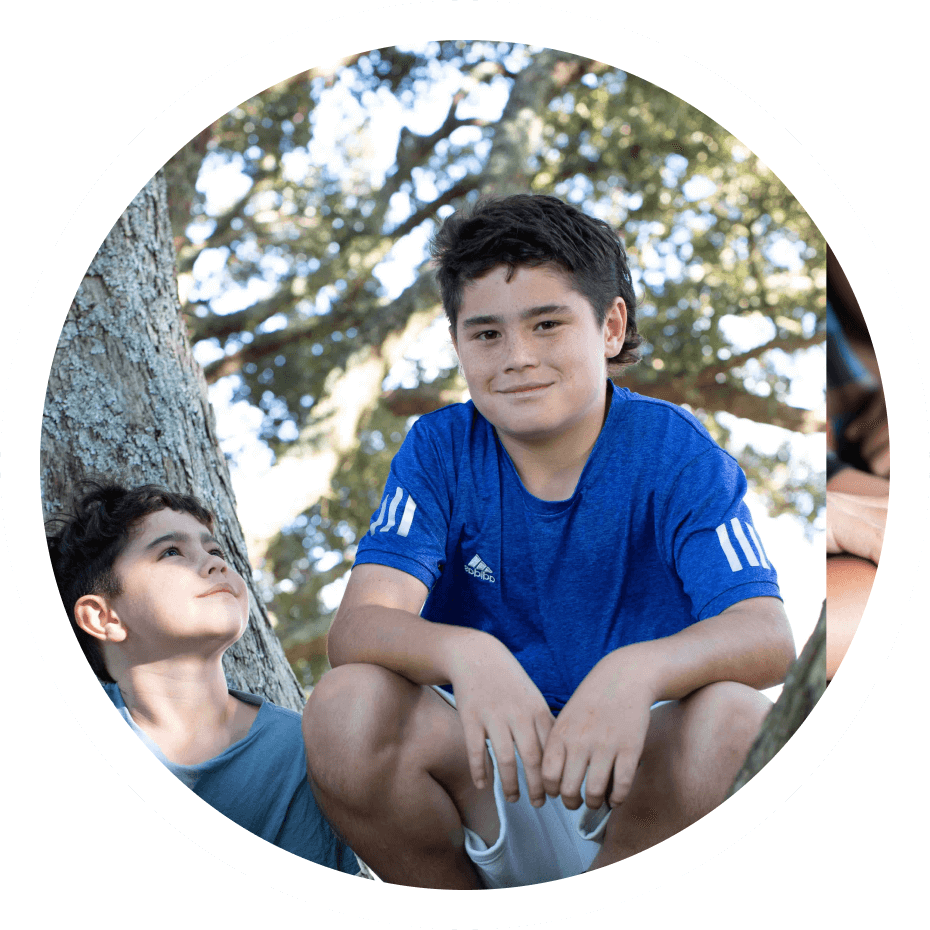
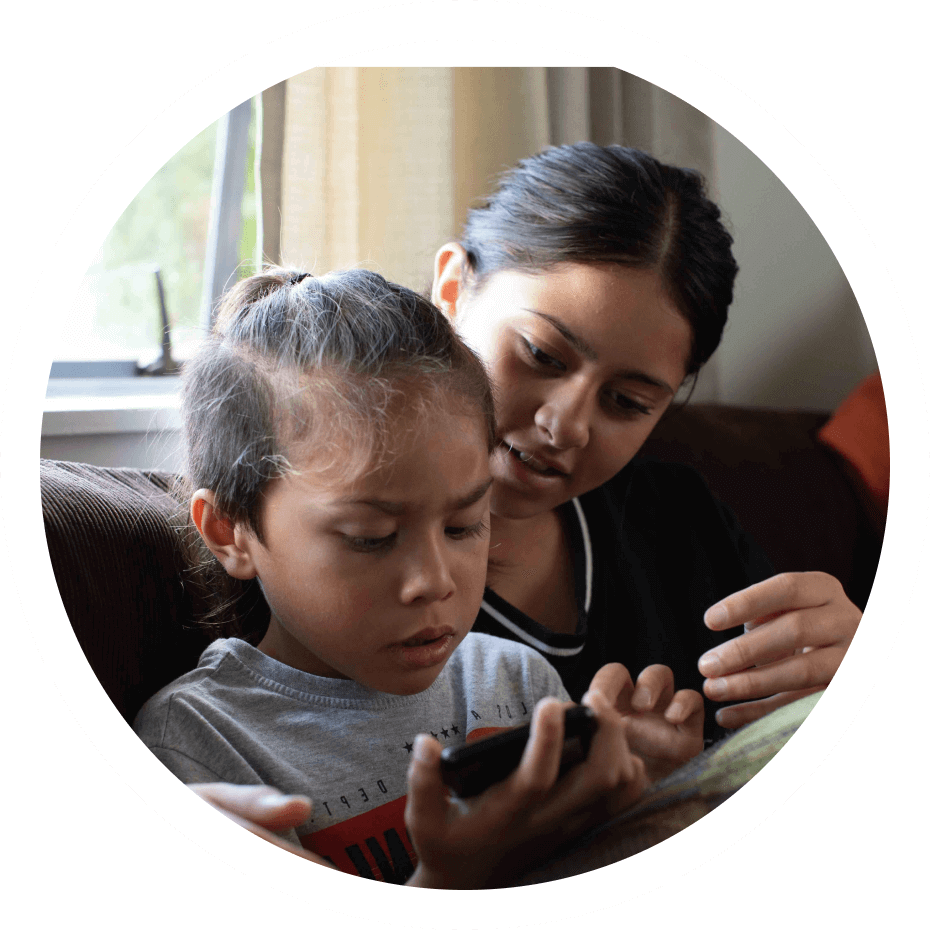
Ethnic and cultural richness of young people in Aotearoa New Zealand.
Overall, young people felt good, happy and proud about their ethnic identity, with Māori, Pacific, Asian, MELAA and ‘Other ‘ethnic groups showing a strong sense of cultural connectedness. The slightly weaker result observed for the sole European group may reflect the normalisation of European social institutions and cultural practices in New Zealand society (13, 14). Identification with multiple ethnicities was common, with one third of young people at age 12Y belonging to more than one ethnic grouping. Ethnic identity becomes more salient over adolescence due to social-cognitive maturity (15) therefore it will be important to see how ethnic identity and cultural connectedness develops for the GUiNZ cohort over time.

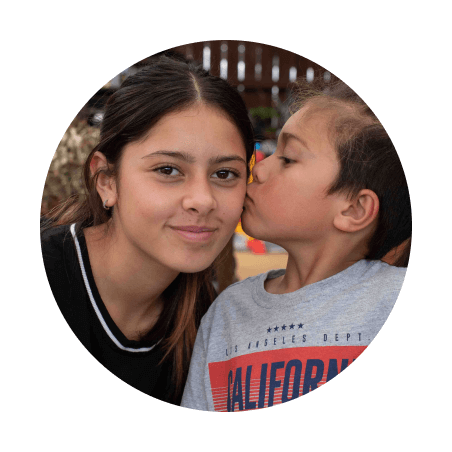
Richness and of young people’s gender identity and expression.
Diversity was also evident when we examined gender identity and expression in the GUiNZ cohort. Generally, more diversity in self-reported gender identity and expression was reported by young people assigned female at birth compared to those assigned male at birth. Similarly, trans girls and trans boys, though significantly gendered in their responses, reported more variation than cisgender boys and girls. However, young people who were categorised as non-binary and unsure of their gender, reported the least gendered responses overall. Analyses of young people’s data, including in the GUiNZ study, must recognise the gendered variation that exists within the binary sex categories, and avoid conflating sex differences as gender differences.
Our findings highlight the need for a more critical and nuanced understanding of young people’s identities in equity-focussed research and policymaking in Aotearoa New Zealand.
Decisions about how ethnic and gender including questions that enable expression of more expansive gender identities is fundamental for monitoring functions across all government and non-governmental sectors, and for recognising and responding to trans and non-binary young people in all areas of policy and practice in Aotearoa New Zealand. Although our focus in this topic has been to highlight the importance of ethnic and gender identities and their development at 12Y, future research should also consider how multiple identities (e.g. ethnicity, gender, disability) interact and combine to shape wellbeing for young people in Aotearoa New Zealand.


References and
research methods
At Growing Up in New Zealand, we're passionate about advancing research and making sure our work is informed by a wide range of sources. That's why we've included a comprehensive list of references, along with an introduction and a detailed report of the research methods used to support the Growing Up in New Zealand study.

Read the full report
We’ve carried out more than 90,000 interviews and collected more than 50 million pieces of data to help inform policy and help give children the best start in life.
Explore other snapshots

Now We Are Two —Describing our First 1,000 days
This report provides insight into the physical health and development, emotional and behavioural well-being, and cognitive development of New Zealand two-year-olds. The report also depicts changes in the children's home environment, childcare arrangements and socioeconomic situation over the first two years of their lives.
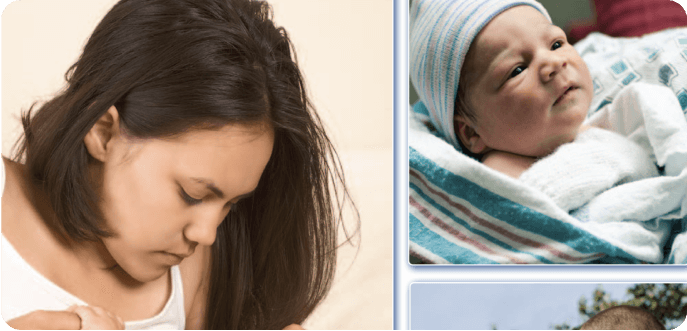
Now We Are Born
The report delivers details about the beginning of the children's journeys, in the context of their families and their wider environments. The children are not yet one year old, but already their developmental pathways are being established.

%201.svg)
